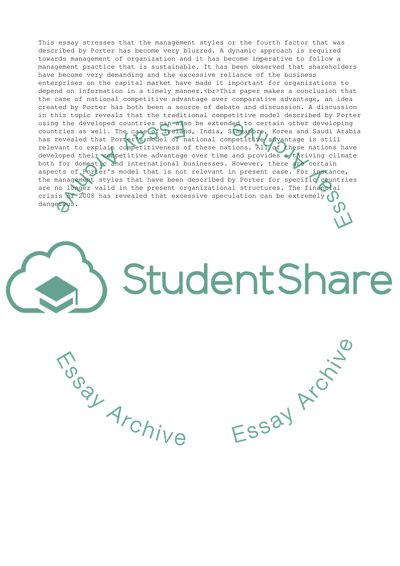Cite this document
(“Porters Management Essay Example | Topics and Well Written Essays - 2500 words”, n.d.)
Porters Management Essay Example | Topics and Well Written Essays - 2500 words. Retrieved from https://studentshare.org/management/1666931-porters-management
Porters Management Essay Example | Topics and Well Written Essays - 2500 words. Retrieved from https://studentshare.org/management/1666931-porters-management
(Porters Management Essay Example | Topics and Well Written Essays - 2500 Words)
Porters Management Essay Example | Topics and Well Written Essays - 2500 Words. https://studentshare.org/management/1666931-porters-management.
Porters Management Essay Example | Topics and Well Written Essays - 2500 Words. https://studentshare.org/management/1666931-porters-management.
“Porters Management Essay Example | Topics and Well Written Essays - 2500 Words”, n.d. https://studentshare.org/management/1666931-porters-management.


